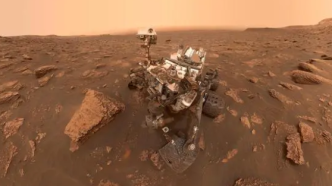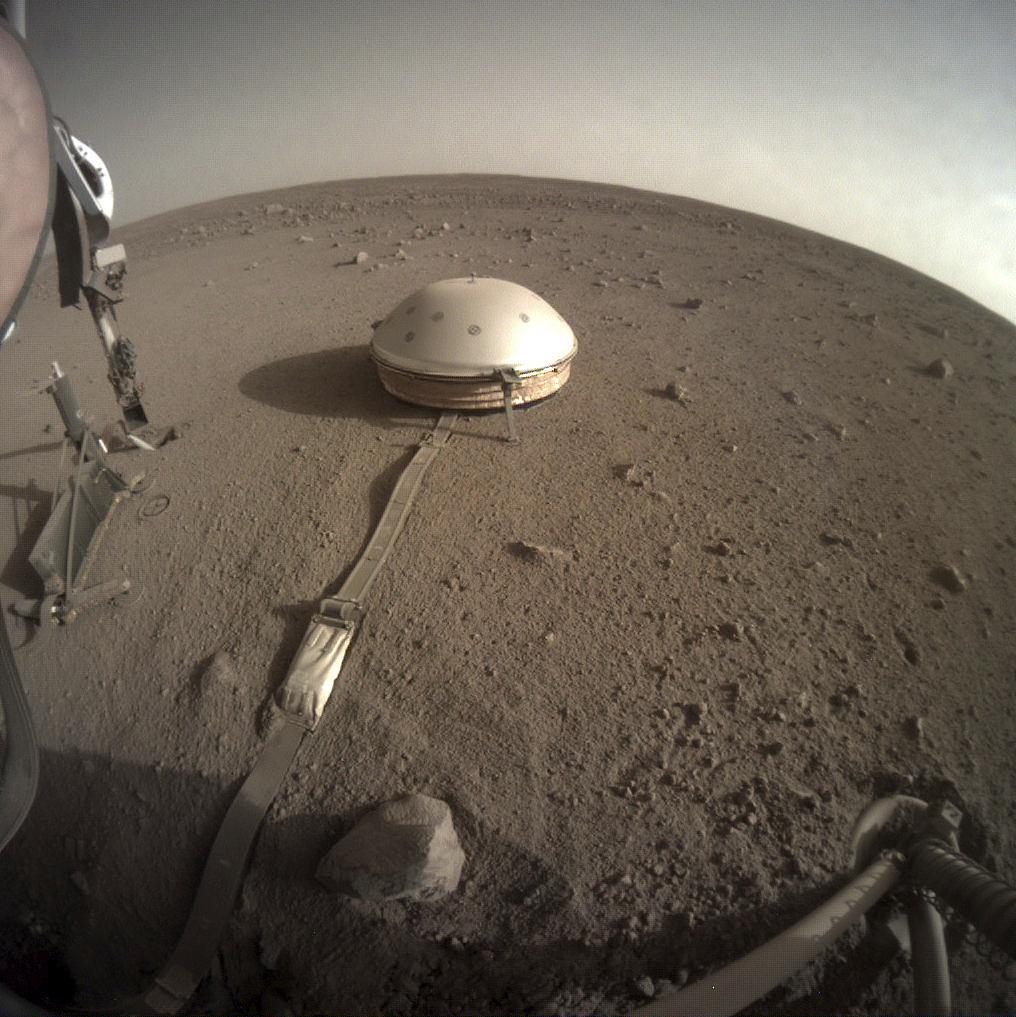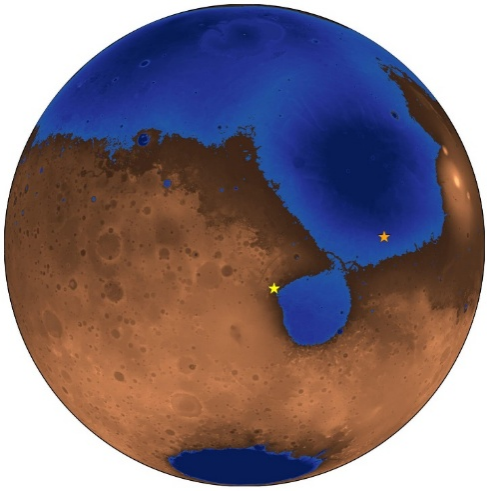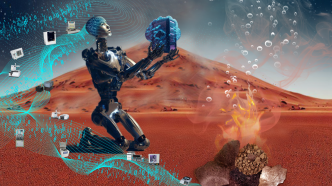
NASA announced on February 8 that some rocks with water-like textures were found in photos taken by the "Curiosity" rover. This is the clearest evidence that ancient lakes once existed on Mars discovered by the rover project so far.
The Curiosity rover arrived last fall at a region of high sulfate on Mars' Mount Sharp and subsequently took pictures of the region's surface.
Ashwin Vasawada, NASA's Jet Propulsion Laboratory "Curiosity" mission project scientist, said that "Curiosity" has found many sediments during its exploration missions, but this is the first time that such clear evidence of water wave textures has been found. The research team believes that waves that existed on the surface of shallow lakes on Mars billions of years ago stirred up sediment at the bottom of the lake, leaving ripple-like features on the rocks over time.
The "Curiosity" rover landed on Mars in 2012. The main task is to find out whether the historical environment of Mars was once suitable for life. Previously, the Curiosity rover found deposits rich in mineral salts in Gale Crater, which were thought to be left over when the lake was gradually drying up.
The approximately 5,000-meter-high Mount Sharp in Gale Crater contains many layers of sediment, each of which bears witness to the environment of Mars at different times. Since 2014, "Curiosity" has begun to climb up the foothills of Sharp Mountain to carry out exploration missions.
Mount Sharp provides a "Martian timeline," Vasavada said, in which scientists can understand how Mars went from a once warmer, wetter climate to a more glamorous climate by studying the oldest sediment layers at the base of the mountain to the youngest at the summit. A planet like Earth evolved into the cold, dry planet it is today.



Useful knowledge Regards! web page Truly quite a lot of superb tips! casino en ligne Good information Thanks a lot. casino en ligne You have made your stand pretty clearly!! casino en ligne Awesome info Appreciate it. casino en ligne You actually said it well! casino en ligne Thanks a lot! Very good stuff! casino en ligne You revealed this really well. casino en ligne Nicely put. Cheers! casino en ligne You actually suggested that fantastically. casino en ligne